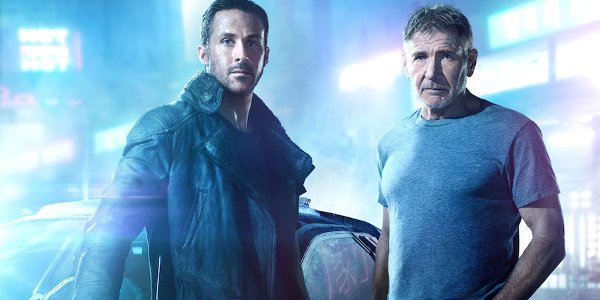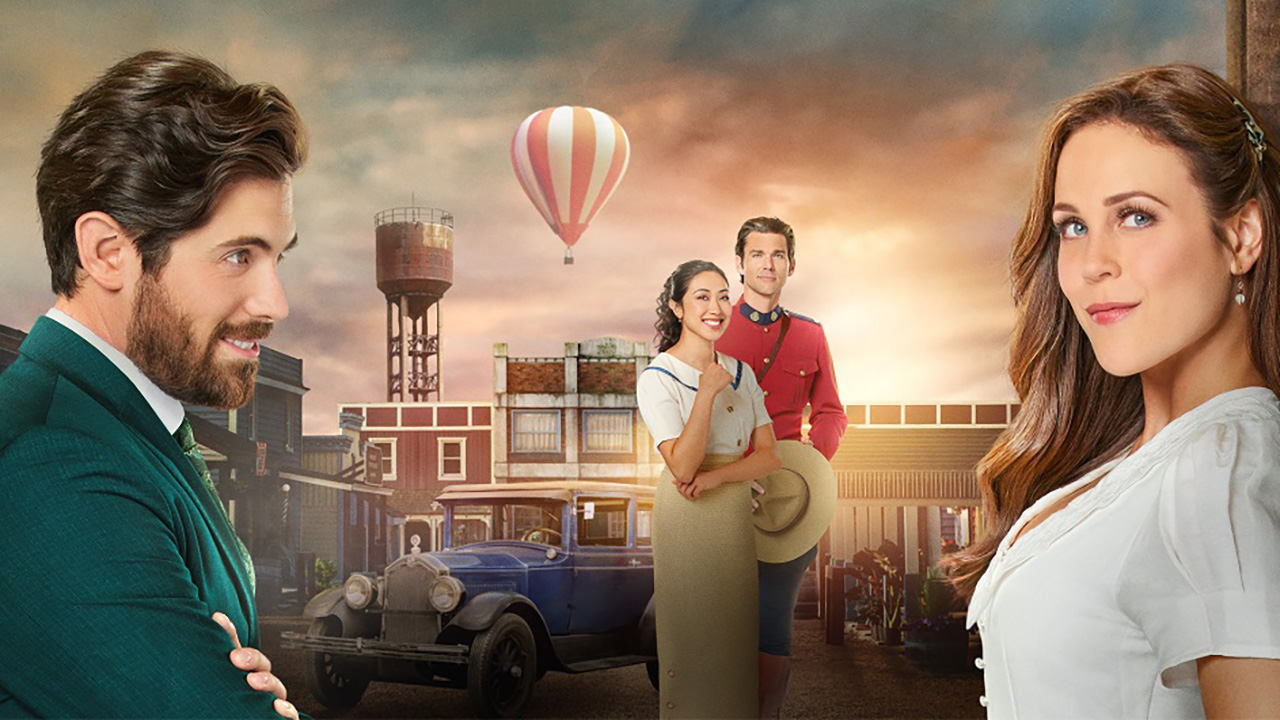The Blade Runner 2049 Scene That Was Almost Cut

Some people thought that Blade Runner 2049's final cut of almost three hours was a longer-than-needed slog, but believe it or not, the film's first assembly cut was closer to four hours. But behold, the power of editing made Denis Villeneuve's futuristic vision into something comparatively more palatable in length, thanks to an intense cutting process. One sequence that almost met its end in through said process is the cat and mouse chase between Deckard and K through a Las Vegas nightclub full of holograms, and it was all because of one important factor: tone. As Blade Runner 2049 director Joe Walker explained about the editing of the nightclub showdown:
So when we got back to Los Angeles, soon after Thanksgiving 2016, we sat and watched the First Assembly. Denis said, everything is fantastic, it's going to work, except one scene: the Hologram Funhouse. We'd been toiling on that on and off for six months so it was disappointing, but I knew he was right. Tonally it didn't fit, it didn't feel like Blade Runner. Denis' point was that the last time Deckard met a Replicant, it was Roy Batty, who nearly killed him. So this should be full of fear and tension. A manhunt, not a variety act. Deckard turns on those holograms because it gives him an advantage, he knows where and when the light will fall. So Denis and I recut the scene to maximize this and we dumped a lot of the layers of holograms. Really great footage of pole dancers spinning down from the ceiling, all had to go.
In the scene that Joe Walker described from Blade Runner 2049 during his interview with the Pro Video Coalition, Ryan Gosling's Officer K is hot on the trail of Harrison Ford's Rick Deckard, who is living like a hermit in the ruins of Las Vegas in 2049. After an initial encounter full of literary references and light interrogation, Deckard chases a fleeing K and eventually corners him in the holo-club of the deserted casino he calls home. The key difference between the initial concept and the scene's post-editing existence is the fact that through the final cut of the scene, the holograms in the club are cutting in and out, as if to suggest they're malfunctioning from age.
What Walker's remarks imply is that in the initial phase of this scene, the holograms that filled the nightclub were set to run their full sequences, uninterrupted. Should this have been the case, it makes sense to junk such a concept, as it would slow down Blade Runner 2049 to temporarily turn it into Blade Runner: Live In Vegas. But with a novel idea and some creative editing, the Vegas showdown became the tense, action-packed moment both Joe Walker and Denis Villeneuve had intended. It's that editing prowess that turned the sequel to Ridley Scott's cult classic into the effective meditation on life and conflict that it eventually became. Another effective example of the idea that less can be more.
If you're lucky, you can still find Blade Runner 2049 at one of your local theaters. But if not, you can always find something else to watch in our 2017 release schedule.
Your Daily Blend of Entertainment News

Mike Reyes is the Senior Movie Contributor at CinemaBlend, though that title’s more of a guideline really. Passionate about entertainment since grade school, the movies have always held a special place in his life, which explains his current occupation. Mike graduated from Drew University with a Bachelor’s Degree in Political Science, but swore off of running for public office a long time ago. Mike's expertise ranges from James Bond to everything Alita, making for a brilliantly eclectic resume. He fights for the user.
